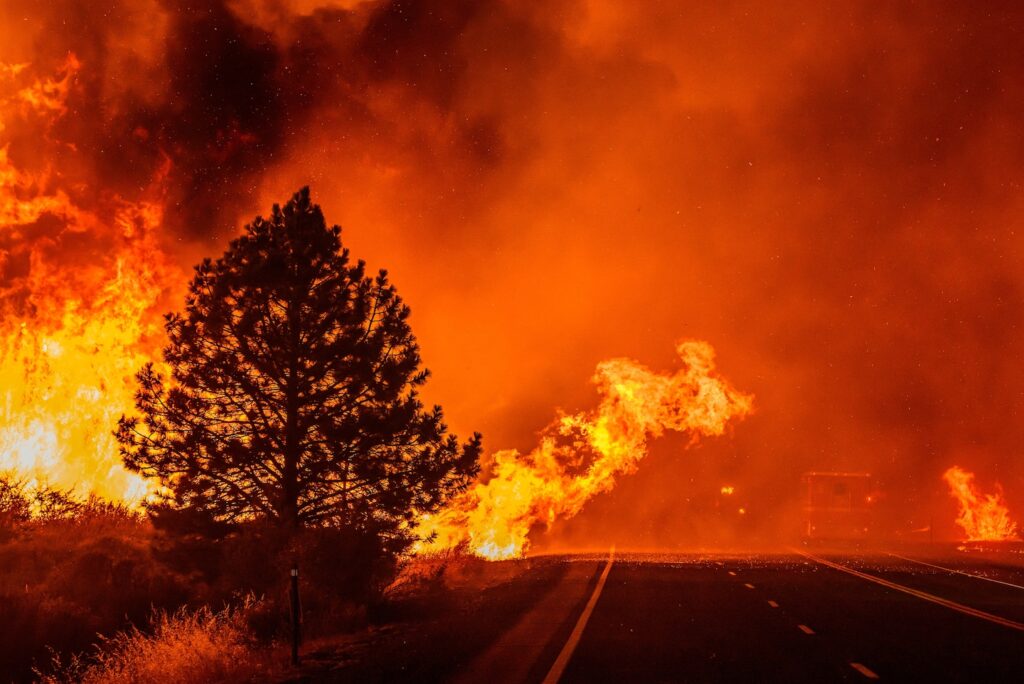Strong winds and steep terrain have caused the Park Fire in Northern California to rapidly grow to more than 307,000 acres late Friday, turning what was already California’s largest wildfire this year into the largest in state history, authorities said.
The fire, which authorities believe was started by arson, began near Chico and exploded quickly, fueled by intense heat and dense, dry brush. To date, the fire has continued to grow unabated, burning at a rate of 4,000 to 5,000 acres per hour, scorching rugged, difficult terrain filled with grass, brush, timber and dead vegetation, authorities said Friday.
The fire is currently 0% contained, according to Cal Fire, and evacuations have been ordered in Butte, Tehama and Shasta counties as it spreads rapidly north and east, according to fire maps and experts. The fire is moving north toward the city of Redding, crossing Highway 36 and threatening small towns like Shingletown and Manton, according to Cal Fire.
California Gov. Gavin Newsom (D) declared a state of emergency in Butte and Tehama counties on Friday in response to the fires, saying in a statement that “firefighters and emergency response teams are working around the clock to protect lives and property as they battle these challenging fires.”
Erratic winds and hot temperatures have left firefighters struggling to mount any attack and they are spending most of their resources trying to protect communities in the path of the wildfire. Firefighters had the blaze 3% contained early on Friday, but that has since fallen to zero.
“This fire is spreading in multiple directions depending on the wind direction,” Butte County Sheriff Corey Honea said at a press conference Friday afternoon.
Thousands of people were forced to evacuate in Butte, Tehama and Shasta counties, where the fires began. Cal Fire said in an update on Friday that 4,200 structures were at risk and 134 had been destroyed.
The city of Paradise, which was devastated by the Camp Fire in 2018, issued an evacuation warning Friday evening, citing “fire activity and expected winds,” and urged residents to prepare to evacuate and await more information.
Daniel Swain, a climate scientist at the University of California, Los Angeles, described the fires’ spread as “astonishing” and said they were “breaking records” in a social media post.
“This is California in the Pyocene, an era marked by human-induced fire activity,” Swain wrote, “and a mild fire year in 2022 or 2023 is not going to change its long-term trajectory.”


